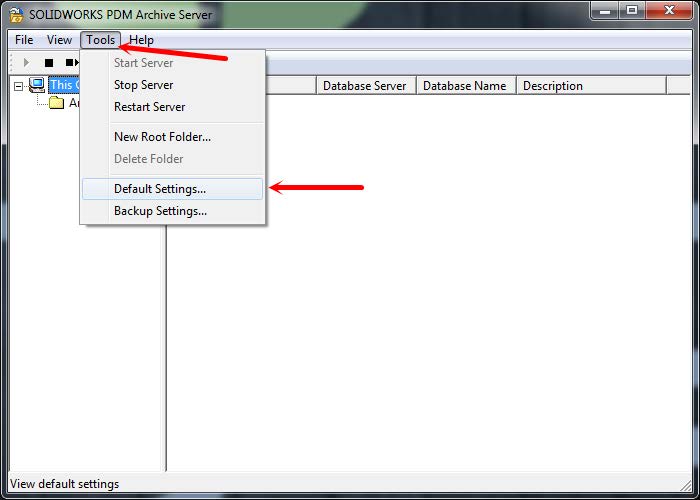

Keeping everything on the same intranet will give you better performance when getting your files.ĭistributing the archive across multiple drives is a great way to make sure no one drive gets overloaded. Moving the drive farther away means more data users have to pull over the network. I would recommend that these drives stay local to that server for performance reasons. As I said earlier, these drives can be anywhere that you have access to. What you can do here is add more drive locations for the archive server to save files. So no, you can’t have 100 different drives with each having 1% of the vault. I do want to note that your smallest possible vault fragment is 1/16th of the vault.

If there’s no distribution, you should see something like this. Now, you’ll see a dialogue outlining your current allocation of the vault. Once there, right-click on your vault and select Relocate. To activate distribution, start in the archive server configuration tool. So, if you’re running low on space, this could be an appealing option for expanding your system. These drives could be additional drives on the same server or somewhere else on your domain. In some instances, maintaining that data means distributing the archive to multiple drives. So it’s important that you maintain the data. My archive server might be 10TB (it isn’t) and yours might be 100GB. My SOLIDWORKS PDM environment is not the same as yours. Managing a Large Archive Server Distributed File Archives Instead, let’s talk about how we can manage a larger file archive.

However, not everybody has the resources or desire for setting up a new server. You may want to do this when you’re just out of space, maybe have an older machine, and want a fresh start. Now that we’ve defined a large server, what can you do to manage it? In a dire situation, you can always move your file archives to a new server. Additionally, there could be other files for formatting that you wouldn’t include in a file count. I say roughly because this includes all history as individual files. Now you have a view of roughly how many files are in your vault as well as the size. If your administrator distributed the archive (more on that later) or if it’s not local, check out this help file from SOLIDWORKS.Īll you have to do is right-click on the vault name folder and select Properties. This path does assume you’re using the default file path. C:\Program Files\SOLIDWORKS Corp\SOLIDWORKS PDM\Data\.To figure out the size of your archive server, go to the following folder path on the archive server machine: Well, it’s easier to find than you think. The trick is knowing where to find that information. For me, I generally would consider “large” as 250GB or larger.
SOLIDWORKS PDM COULD NOT CONNECT TO THE ARCHIVE SERVER HOW TO
What we’re going to be discussing is how to handle whatever you define as large. My definition of a large archive server may be different than your definition. Then, we’ll introduce a few methods you have that can help keep the archive at bay. First, we’ll define what would be a large archive database. As you can imagine, it becomes pretty important to know how to work with large archive servers in SOLIDWORKS PDM. As you add more and more files, that archive will grow and grow. So, if you have a file that has 15 versions, there are going to be 15 individual files in the PDM archive. Ever wonder why that is? Well, the archive server stores ever version of every file in SOLIDWORKS PDM. You might notice that Archive Servers balloon pretty quickly.


 0 kommentar(er)
0 kommentar(er)
